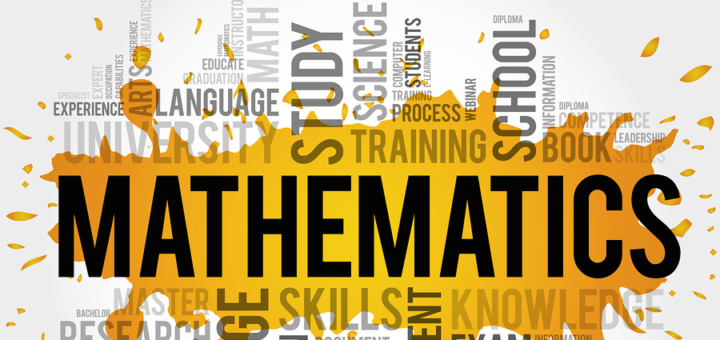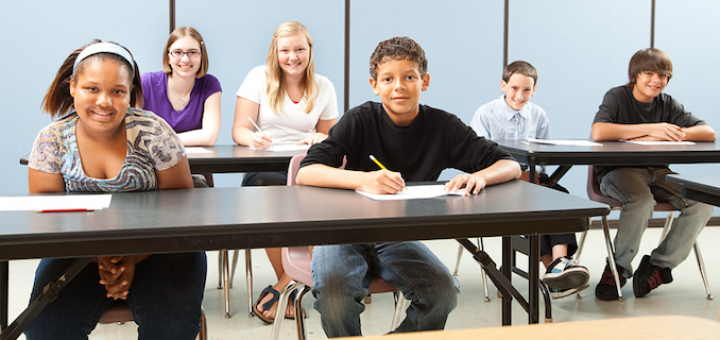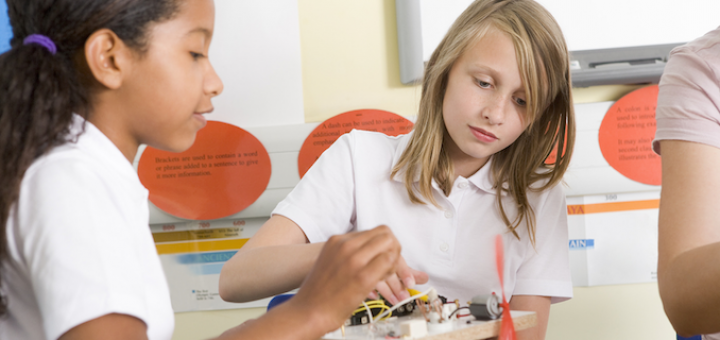Teaching and learning in grades 4-8
You’ve taught students to read closely, to annotate, to discuss – now what? Teacher/writer Marilyn Pryle shares five reader-response activities she uses to help students interact with texts in creative ways, inviting higher levels of thinking & understanding.
After years of trying to cope with the flow of struggling readers coming into their school, teachers at Ericsson Middle banded together to create a academic coaching program that provides reading and writing support for students across the literacy spectrum.
In The Invent to Learn Guide to Fun Josh Burker situates the Constructivist theories of active learning within the playful exploration and creation of the Maker’s Movement while also providing detailed guides for intriguing projects, says reviewer Kevin Hodgson.
Educator Jennifer Underwood reports Making Number Talks Matter is an excellent read for all math teachers. The book explains both how to do math talks and why these talks are an important means of helping all students become confident mathematical thinkers.
The authors of Proven Strategies That Work attempt to provide solutions to complex issues of teaching gifted children in about four pages each, including forms, says reviewer Lisa Penrod. Some tips are helpful but suggested strategies need more development.
Iconic images from popular culture can raise consciousness about issues, many of them tied to health and gender awareness, writes media literacy consultant Frank W. Baker. He offers memorable examples and ties this phenomenon to teaching visual literacy.
Young adolescents need classrooms designed to meet their unique physical, intellectual and social-emotional needs, says middle school veteran Cheryl Mizerny. Her spot-on advice can help educators develop a teaching style that maximizes tween achievement.
Start now! Once you take the time to focus on moments from last year, and then reflect and stretch your thinking beyond your own perspective, your mind will be set for opening up to meaningful co-teaching relationships and more student success in 2015-16.
Quick, ongoing classroom assessments of STEM learning can give teachers the timely information they need to keep lessons on track and be sure students are developing the skills to solve real-world STEM problems. Anne Jolly shares lots of assessment ideas.
Children’s writer and systems engineer Robert Black, who is finishing his third mathematical novel for middle schoolers, describes the challenges of making math stories engaging and offers tips for students and teachers interested in the new fiction genre.








































